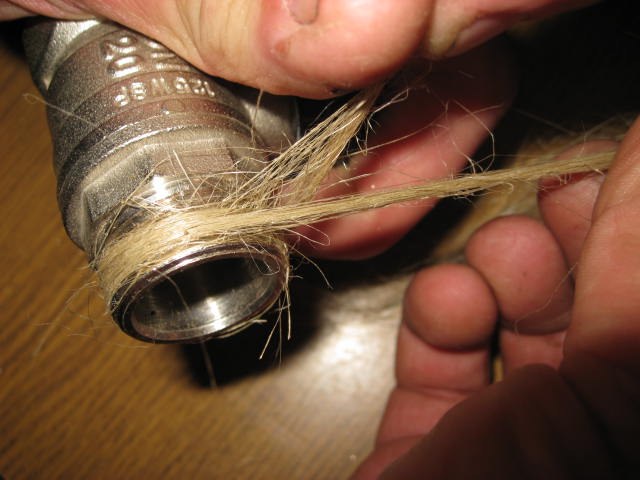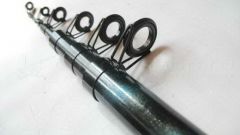You will need
- - tow (len);
- - silicone;
- - plumbing key.
Instruction
1
Prepare the connecting elements, pre-cleaning them of rust, when suddenly this is available. For this you can use sandpaper medium grain. Removing the rust, be careful not to damage the threads.
2
Take the tow and separate from the main beam a small strip of fibers, which spread along the entire length. Fiber should be enough to get the connection turned out dense, but not tight, otherwise when the temperature rises, for example, in the pipe.lenia, the connection may just burst. Besides, the excess will be len givinglen of threaded connections during Assembly, and it almost certainly will cause new leaks.
3
Please note that the piping with the cut thread die stock, usually have a sufficiently rough surface, but the fittings with a smooth surface should be prepared. With plumbing key or triangular needle file, apply a small notch on top of the thread.
4
Take len, and attach the end of the fiber to the edge of the thread. Start to wind the tow in a reverse directionlinenAI from tightening the nut. Wound should be so that each subsequent round tightly pressed the previous. If the flax was not enough to cover the whole thread, take another beam.
5
On top of the fiber which is wound on the threads, apply a thin layer of silicone or special paste: this will allow you to achieve the tightness of the connection.
6
Twist the threaduntil the silicone has not yet polimerservice. Remember, before the end of this chemical reaction is 8-10 minutes. To cement the small amount of waste, which will remain outside the compound, no sealant will be good to keep linen. However, plumbing, working with metal pipes, sometimes just off the end of the beam. Doing it at home is not recommended.


